Last week, a Series B CEO told me: "We've spent $300K on content marketing this year, and I still can't point to a single deal it influenced. My marketing manager shows me traffic reports and keyword rankings, but when I ask the sales team, they say prospects aren't any more educated than before."
Here's the thing: everyone's talking about AI-powered content strategies and GEO optimization like the fundamentals of marketing disappeared overnight.
They didn't.
After helping 120+ B2B SaaS companies build content engines that generate leads and revenue, I've identified why most content strategies fail.
It has nothing to do with your content quality, latest tools, or trending formats. The problem is alignment blindness.
Most SaaS companies approach content marketing by creating generic "thought leadership" and call it a day. They are ignoring how their actual buyers research and make decisions.
What's worse is they're building content programs where executives expect one outcome, marketing managers optimize for different metrics, and sales teams get prospects who are no more qualified than cold outreach.
At TripleDart, we’ve turned the tables for companies with this exact situation. If you want to know how we transformed brands like Airbase, CleverTap, Teamed, and many more into predictable revenue engines, read on!
Most definitions you'll find online will tell you that SaaS content marketing is "creating and distributing valuable content to attract, educate, and convert prospects for software products."
That's not wrong. It's just incomplete.
Here's how I define SaaS content marketing:
It is the strategic creation of content that moves prospects through complex, multi-stakeholder buying decisions while building long-term relationships that reduce churn and increase expansion revenue.
Unlike traditional content marketing, it doesn’t stop at lead generation. It supports every stage of the SaaS lifecycle: from evaluation and onboarding to retention and expansion. That means creating content not just for awareness, but also for technical evaluators, financial decision-makers, and end-users.
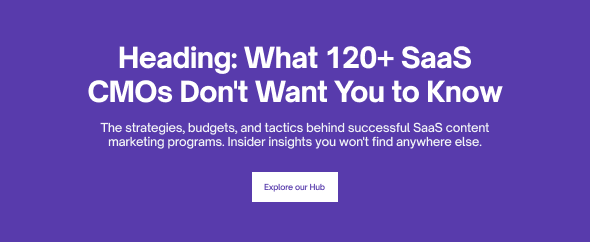
If SaaS content marketing is what you create, then your content marketing strategy is how you decide what to create, when, and for whom.
Many SaaS teams approach content strategy like a publishing calendar. "Let's write three blog posts a week about our industry." Others model their approach after what worked for HubSpot or Salesforce, hoping to replicate those results.
Both approaches make sense on the surface. Consistency matters. Learning from successful companies is smart.
But there's a difference between publishing content and building a content engine. One might get you eyeballs, the other will get you concrete leads.
A good SaaS content marketing strategy starts with three fundamental questions:

A strategic approach means every piece of content serves a specific purpose in moving prospects toward a purchase decision. It means understanding that the VP evaluating your tool has different concerns than the end-user who'll implement it.
Most SaaS companies create content around what they want to talk about rather than what their prospects need to hear. After working with companies from seed stage to $100M+ ARR, we've learned that successful content strategies require a specific sequence: understand the job, map the journey, then create content that moves prospects through each stage.
Here’s the 11-step framework we use at TripleDart to build content engines that drive predictable pipeline:
The Jobs-to-be-done framework is our starting point. It's a powerful tool to map your Ideal Customer Profile (ICP) and their specific pain points.
Why JTBD matters:

Our approach: We interview 10-15 recent customers and 5-10 prospects who didn't convert. The questions we ask: "What specific job were you trying to accomplish the week before you started searching for solutions?" and "What had to be true for you to change from your current process?"
Alternative methods when interviews aren't possible:
The goal is understanding the specific outcomes your prospects need to achieve, regardless of which research method you use. Even one solid data source can reveal the core jobs your audience is trying to complete.
Take Chili Piper, for example. Their product—automated meeting scheduling—was easy to describe, but hard to position in a way that resonated across different buyer teams.
Their initial messaging focused on features: faster scheduling, calendar integration, no-show reduction.
But when they applied the Jobs-to-Be-Done framework, they uncovered what buyers actually wanted to achieve:
They translated these insights into their website structure. Today, they have their personas (Demand Gen, sales, RevOps, Finance) embedded directly into their home page messaging.
Check out how to build a comprehensive JTBD here —>
Before creating a content calendar, we help clients define what success looks like and evaluate where you stand today.
Companies that try to maximize traffic and leads with the same content strategy usually achieve neither effectively. We help clients choose their primary focus, then build a content mix that supports that goal while laying groundwork for future expansion.
Here's the conversation that gets leadership buy-in:
"We can optimize for traffic OR leads, but not both effectively with our current resources. If we focus on traffic, expect 75% more organic sessions in six months. If we focus on leads, expect 40% more qualified demos in three months. Which outcome moves our business forward faster?"
Get their answer in writing.
With goals and JTBD in hand, catalog every live asset: blogs, guides, landing pages, videos—and score each on:
Score each piece of content 1-5 across these three dimensions:
This content audit reveals exactly what to prune, optimize, or leave untouched. This way your content strategy is built on a lean, goal-aligned foundation.

We audit the top 10 organic competitors using Ahrefs, SEMrush, or Similarweb to map their keyword coverage, content formats by funnel stage, identify high-performing content and reverse-engineer successful strategies. This analysis helps us uncover critical opportunities such as:
At TripleDart, we stay ahead of the evolving search landscape. As AI transforms how prospects find and consume content, we've adapted our competitive analysis approach accordingly.
Recently, we have started implementing an AEO sweep: checking if your competitor’s pages are showing up in featured snippets, People Also Ask, or AI-generated answers. If you're missing these placements, it's a signal their content isn't optimized for answer-based consumption, giving you an edge to capture zero-click traffic and AI summaries.
The goal is to identify where your competitors are not serving your shared audience—both in traditional search results and in AI-powered answer formats—then create content that fills those gaps with your unique.
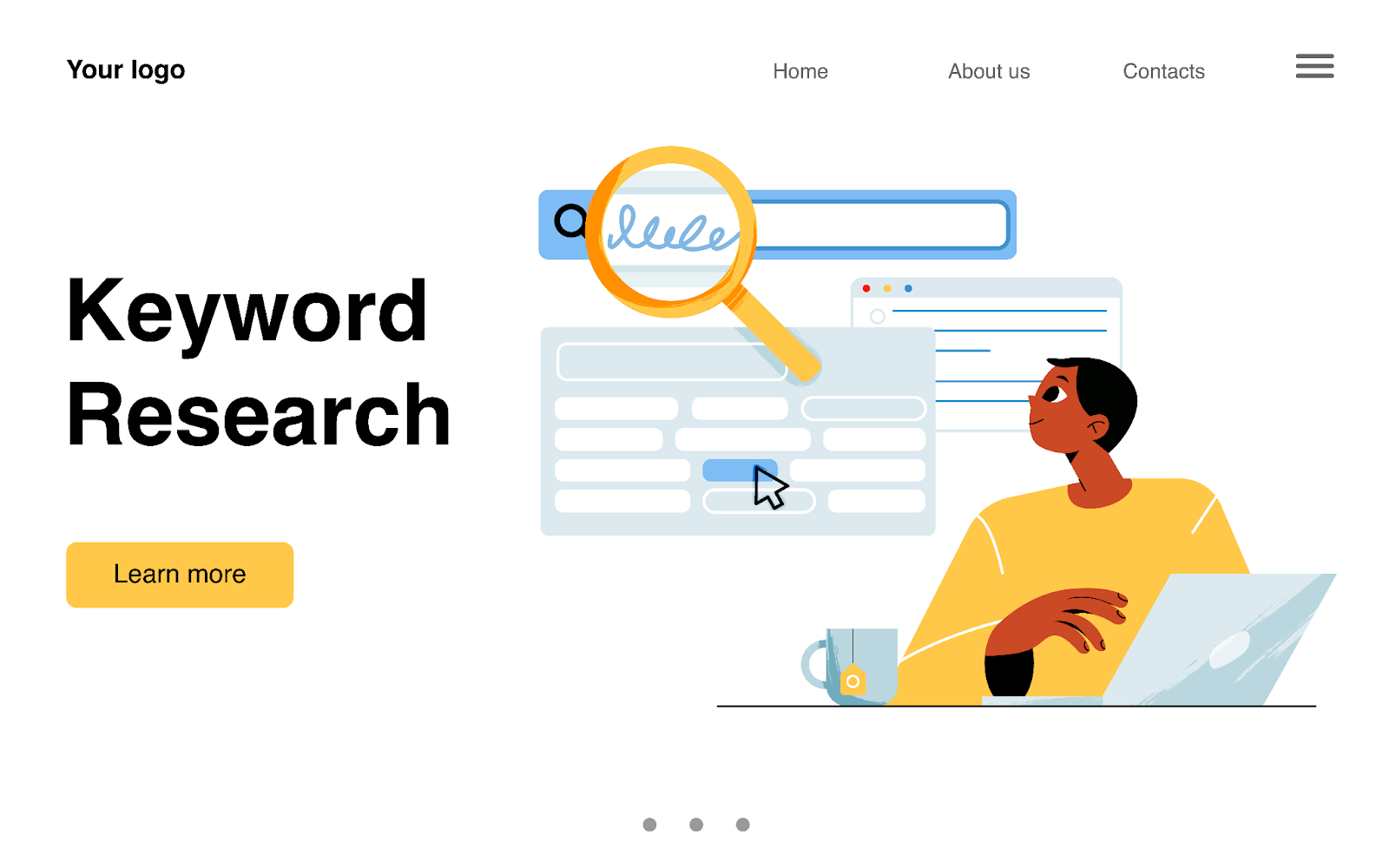
We extract seed keywords from your JTBD framework and competitor analysis to compile seed keywords. These are basic terms related to your product, features, and pain points.
We then group semantically related keywords into topic clusters. Each cluster should map directly back to a specific pain point or “job” from your JTBD framework. We’ve learnt from experience that this targeted approach works exponentially better than the spray-and-pray approach.
Example clusters for a SaaS billing tool:
We also ask:
We prioritize clusters that are likely to influence real purchase behavior:
Get our free keyword research template —>
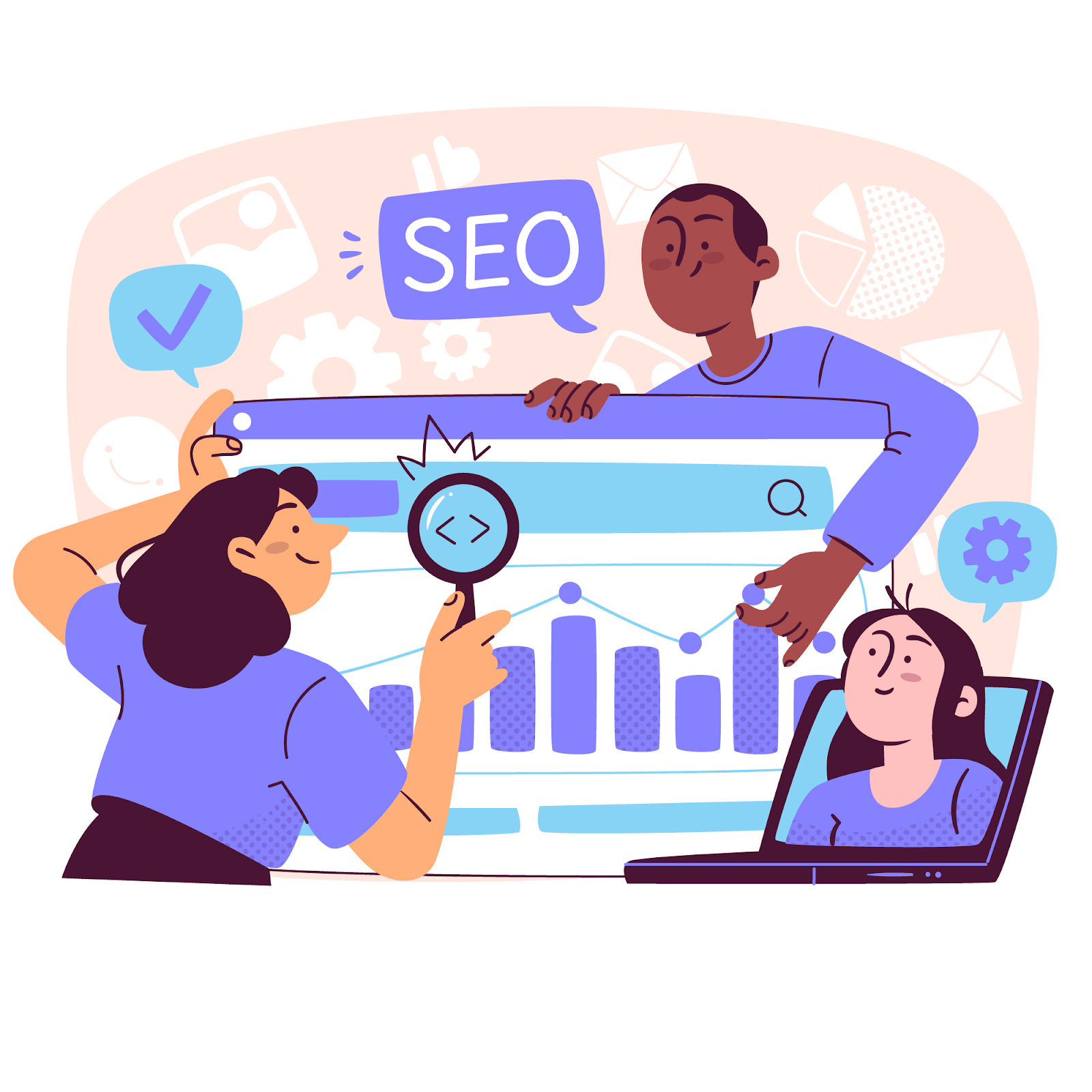
Within each topic cluster, we conduct detailed keyword research to capture the complete search landscape around that topic. We map each keyword to specific funnel stages and buyer personas, ensuring every search term serves a strategic purpose in moving prospects through the customer journey.
Our research process maps the full spectrum of search terms within each cluster to identify:
We also identify the right content format based on SERP intent—whether the keyword is better suited for a blog, interactive calculator, product page, or video.
✅Ahrefs / SEMrush for keyword data
✅Google Search Console (if you have existing content)
✅AlsoAsked / AnswerThePublic / People Asked for long-tail questions
✅Surfer SEO for NLP-based content term extraction
✅ Keywords in AI Overviews (via Ahrefs/Semrush beta tools or manual SERP checks)
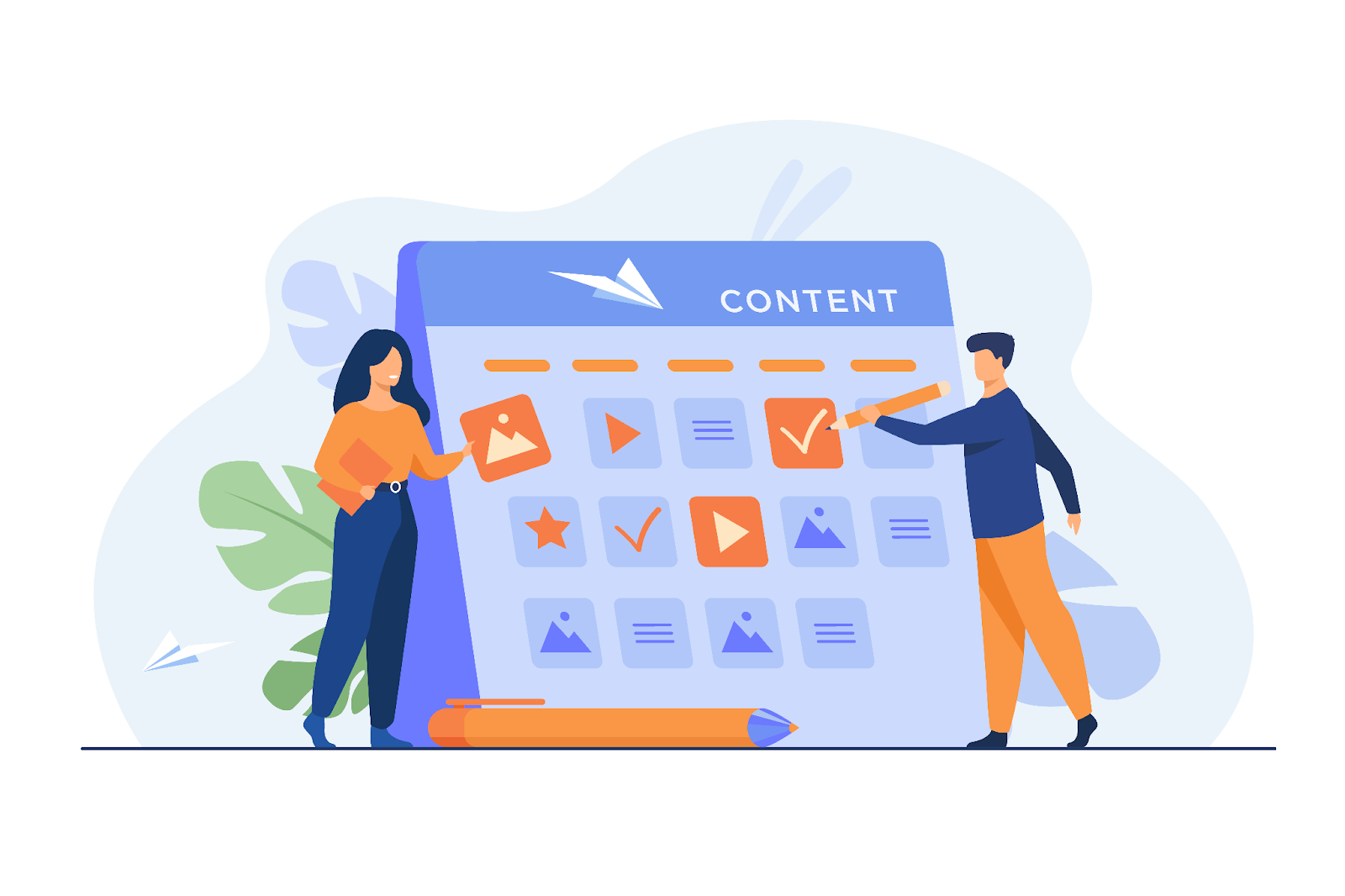
We structure content calendars for the next 3-6 months based on your primary goal from Step 2, ensuring every piece of content serves your business objective, funnel stage, and stakeholder priority.
If your goal is traffic:
If your goal is leads:
Once BOFU content is saturated for a given cluster, we shift focus to MOFU/TOFU content within that same cluster to maximize topical authority.
Our content calendar includes:
Content types we prioritize by marketing funnel stage:
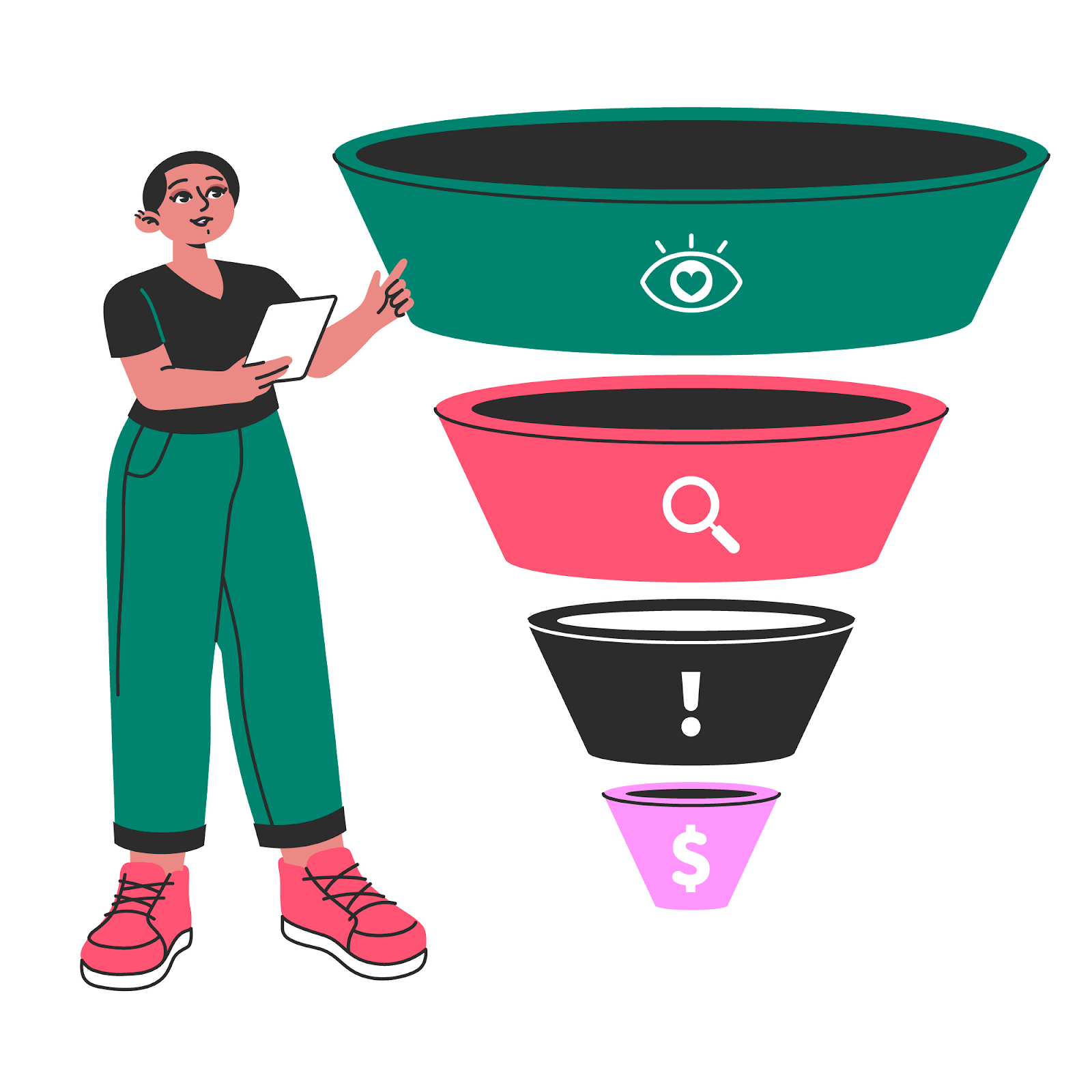
Note: Some content formats can be used across different funnels based on their intent.

Before writing begins, we create detailed content briefs for each article to maintain consistency, accuracy, and intent alignment across all stakeholders including clients, our internal team, and our freelancers.
The hill I would die on? Detailed, comprehensive content brief is the starting point for great content. Writers can't read your mind, they need clear direction on what your expectations from that particular piece are.
At TripleDart, we've built automated workflows to generate content briefs at scale, especially for repeatable formats and programmatic SEO use cases. Our internal systems auto-populate sections like metadata, funnel stage, internal linking strategies, and suggested outlines based on content type. This systematic approach—refined through years of client work—allows us to maintain brief quality while scaling content production efficiently.
Well-written briefs help writers structure content logically, reduce revision cycles, and make content teams more efficient. They also ensure every piece aligns with our broader narrative and business objectives.
I've found that spending 30 minutes on a detailed brief saves 2-3 hours in revisions and ensures the final content actually serves its intended purpose in the buyer journey.
Content production involves research, writing, reviews, and publishing. A smooth process requires collaboration between writers, editors, and subject matter experts.
Most content delays happen because of unclear ownership and feedback loops. We solve this by assigning clear roles and setting firm deadlines for each review stage.
Key stakeholders involved in the content production process are:
We have created an extensive writer’s and editor’s checklist which ensures that the draft that comes to our review has already gone through our benchmarks.
Here is a glimpse of what our editing checklist covers:
✅SEO optimization (meta tags, keyword density, headers)
✅Fact-checking and product accuracy
✅Brand voice and tone alignment
✅Grammar and readability
✅Visual enhancements (images, charts, code snippets)
We urge clients to use a CMS that supports collaboration and approval workflows like Webflow, WordPress, or Notion. But, we are not rigid on that. We adapt our publishing processes to your CMS.
Publishing content is one facet. Optimization is where the real gains happen. Post-publishing, we continuously optimize content using SEO and NLP tools to ensure it stays competitive in search results. I've seen well-optimized content climb from page 3 to the top 3 results just through systematic improvements.
Tools like Surfer SEO, MarketMuse, or Frase help us:
Our optimization process isn't set-and-forget. We review performance monthly and prioritize updates for content that's underperforming or slipping in SERP rankings.
What we track during optimization:
Treating content as a living asset that needs regular maintenance and improvement is the genie in the lamp.
Content without distribution is like having a great conversation in an empty room. You can spend weeks crafting the perfect article, but if nobody sees it, it might as well not exist.
For maximum eyeballs, distribute your content across:
The key is matching content format to platform behavior. Use audience research and social sentiment analysis tools like SparkToro to identify niche distribution channels where our audience actually hangs out. What works on LinkedIn won't work on Reddit, and what engages Twitter users might flop on Medium.
We've found that repurposing one piece of content into 3-4 different formats typically doubles our reach without doubling our workload. Use tools like Buffer or Hypefury to schedule posts across platforms. SparkToro to identify niche distribution channels.
We also track distribution-specific ROI to understand what’s working before it even reflects in the pipeline. That includes:
We use these insights to double down on high-performing channels or formats.
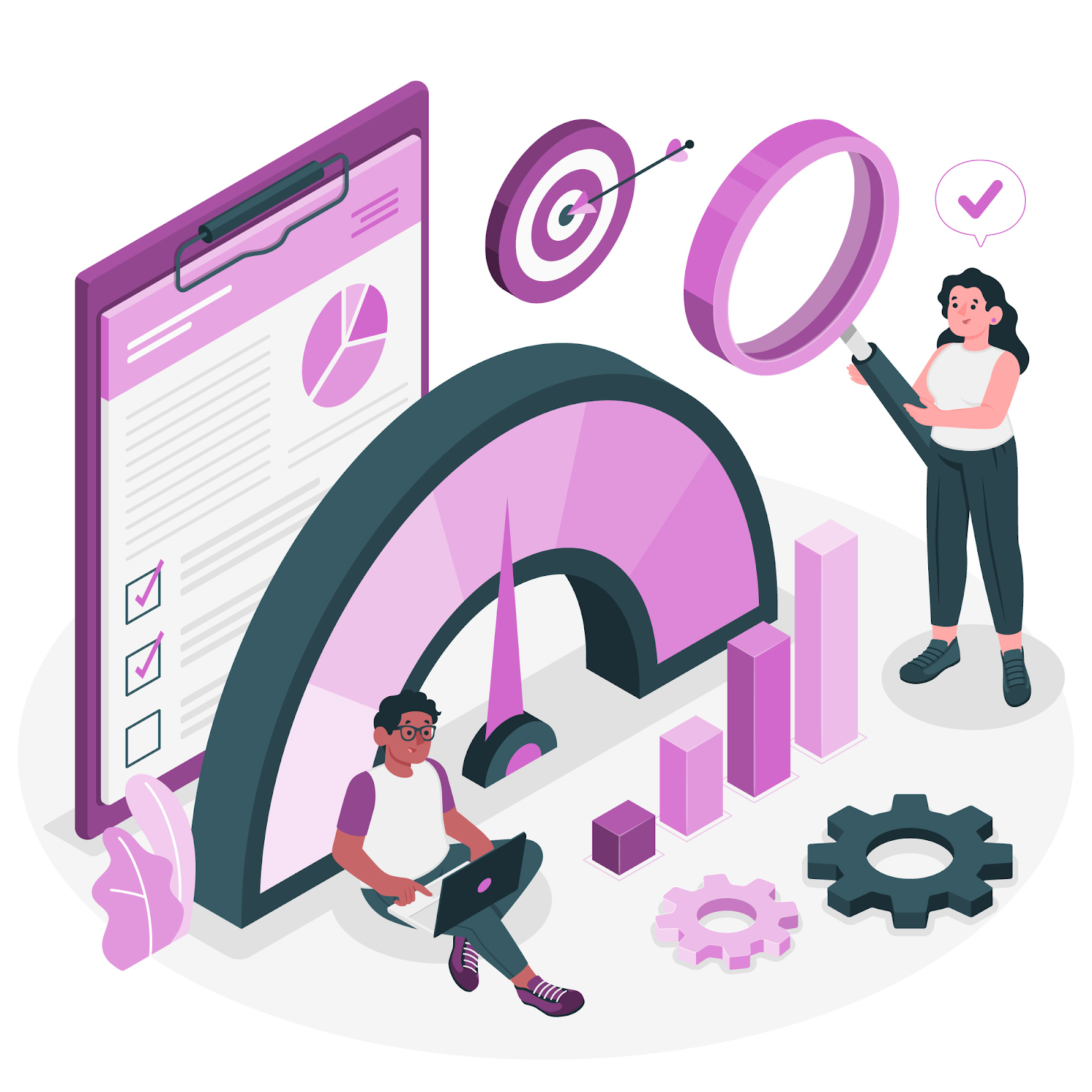
Finally, track performance against your initial goals from Step 2.
Content marketing without measurement is just expensive blogging. We track both leading indicators (traffic, rankings) and lagging indicators (revenue, pipeline influence) to understand what's actually moving the business forward.
The questions we ponder on before monthly reviews (because we are always prepared with data):
These insights inform our next quarterly planning cycle. Maybe we discover that comparison pages drive 3x more qualified leads than educational blog posts, so we shift more resources toward BOFU content. Or we find that certain topic clusters rank well but don't convert, signaling a disconnect between content and buyer intent.
We use these learnings to adjust content clusters, experiment with new formats, and refine our JTBD mapping. Content strategy is an ongoing cycle of testing, learning, and optimizing.
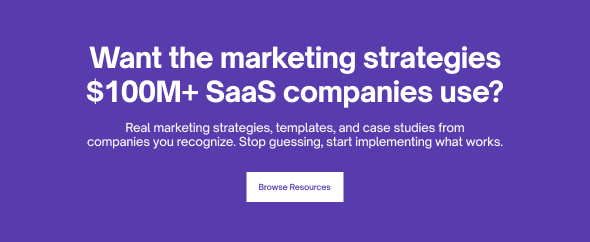
The right tools can make the difference between a content strategy that feels overwhelming and one that runs like clockwork. After testing dozens of platforms across our client engagements, these are the tools that we swear by:
At TripleDart, I've learned that successful SaaS content marketing isn't about following best practices or trends. It's about understanding what makes each business unique and building content that reflects that reality.
Take Flowace, an enterprise workforce analytics company. When they came to us, their content was generating traffic but zero qualified pipeline. The problem? Their content spoke to HR managers, but their actual buyers were C-suite executives concerned about productivity and compliance.
We rebuilt their content strategy around executive pain points instead of generic content. The result: 18 sales-qualified leads in 3 months and 69% growth in organic traffic. More importantly, their sales team started having conversations with decision-makers who had budget authority.
On the startup side, Fincent needed to prove their market positioning quickly. Instead of broad awareness content, we focused on high-intent bottom-funnel pieces targeting finance teams ready to switch from manual processes. With $65K in targeted spend, they generated $150K in qualified pipeline—proving that strategy beats big budgets.
The difference in both cases? We solved their alignment problem. Executives got content that spoke to their concerns, marketing managers got metrics that mattered to leadership, and sales teams got more qualified prospects.
If you're ready to turn your content marketing from an expense into a revenue engine, let's talk. Book a 30-minute call and we'll walk you through exactly how we'd approach your market. Even if we don't end up working together, you'll have a clearer plan.
Join 70+ successful B2B SaaS companies on the path to achieving T2D3 with our SaaS marketing services.

































